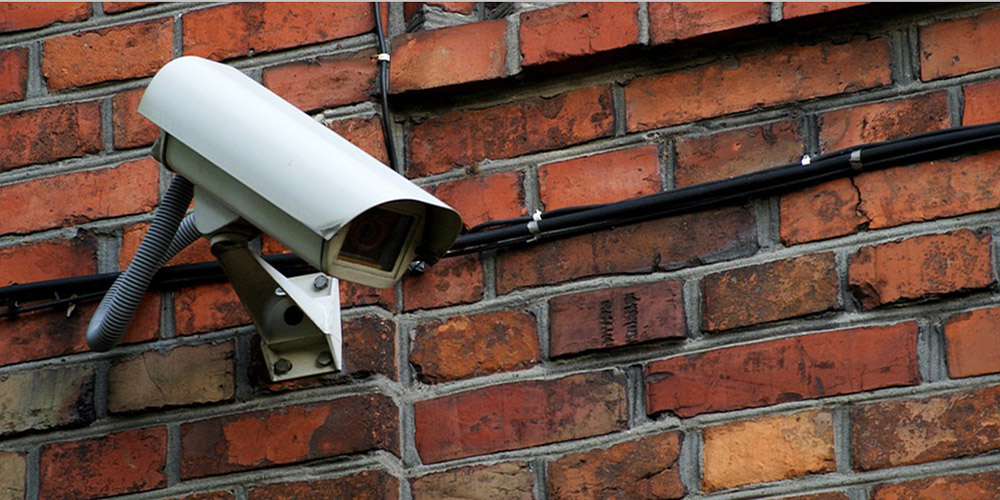Surveillance footage from last week’s deadly school shooting at Marjory Stoneman Douglas High School was on a 26-minute delay, leading police to believe the gunman was still in the building long after he had fled the crime scene.
Responding officers braced for a shootout as they entered the building, thinking the gunfire they saw on security camera footage was live.
“He went from the third floor to the second floor … They’re monitoring him on camera,” an officer said on radio transmissions recorded by Broadcastify, an audio streaming website, at 2:54 p.m.
Police Captain Brad McKeone says 20 to 25 officers were on the first, second and third floors of the building when they believed the shooter was still inside.
“Somebody would say: ‘He’s on the second floor,’ and we had guys on the second floor saying: ‘We’re on the second floor, we don’t see him.’ That’s when we figured out there’s a tape delay,” recalled Coral Springs Police Chief Tony Pustizzi.
Several other deterrents hampered police communication, including the fact that police initially could not get access to the security camera footage and couldn’t immediately find someone to help them. Police were also restricted by outmoded radios that left some transmissions inaudible.
Police attempted to look for armed school resource officer Scott Peterson as he “would be the one to have access to where the cameras are,” according to a police radio broadcast. Superintendent Robert Runcie says Peterson was on the 45-acre campus at the time of the shooting but was not in the targeted building.
Peterson resigned after video footage showed he did not enter the school building during the shooting, but instead took up a defensive position outside.
During the shooting, at approximately 2:56 p.m., a dispatcher warned all units that the radios were malfunctioning.
“You can hear me, but I cannot hear you, so standby,” he said.
Experts React to Video Delay
Pete Blair, a criminal justice professor and executive director of the active shooter response program at Texas State University, says the long delay is unusual.
“I’ve never heard of that problem before,” he said. “That’s going to slow you down because you think that’s good information, but it’s not good information.”
Paul Boucherle, a columnist for Campus Safety’s sister publication Security Sales & Integration and has been working in workplace violence education, risk assessments and strategies for over 20 years, says of the issue:
My take on this is that quality and timely communications are essential to any active shooter or workplace violence event. The video feed delay is puzzling and I would need more details to really understand that failure of delivering real-time information when it is needed the most by first responders. The radio communications issue is more troubling as funds were allotted in May last year and typical school upgrades are done during the summer so I’m not sure what to make of that issue.
Lastly while resource officers are a valuable addition to any school safety program, the reality is one officer covering an entire campus may not be optimal based on the size of the campus without equipping them with the right tools.
Bob Grossman, another frequent SSI contributor and president of consulting firm R. Grossman and Associates, says:
I agree with Pete Blair [that] the long delay is unusual, and I’ve also never heard of this type of problem before.
Issues with remotely monitored systems are common in terms of delays or latency, but these are usually manifested by delays of no longer than a few seconds or dropped frames which cause a choppy image but no real delays. Assuming this is an IP based system (there’s no way to do a delay on an analog, tape-based system), I would suspect this is an error in how the system software was set up, or operator error.
It is as if they were monitoring the system through a TiVo box or cable box (or similar software function) that pauses live TV, and neglected to go back to live viewing.
According to a timeline provided by the Broward County Sheriff’s Office, the gunman began shooting into classrooms around 2:21 p.m. He continued to fire his weapon for seven minutes before fleeing the building. Police apprehended him more than a half hour after he had left school grounds.
Pustizzi says although the video delay complicated efforts to track down the shooter, it did not delay efforts to rescue injured students, according to CNN.
“We got in so fast, we’re pulling them out. It made it harder to identify where the guy was,” he said.
In May, Broward County commissioners approved a $59.5 million budget to replace the more than 25-year-old radio system. The new system won’t be ready to use until the end of this year, officials said at the time of the approval.







